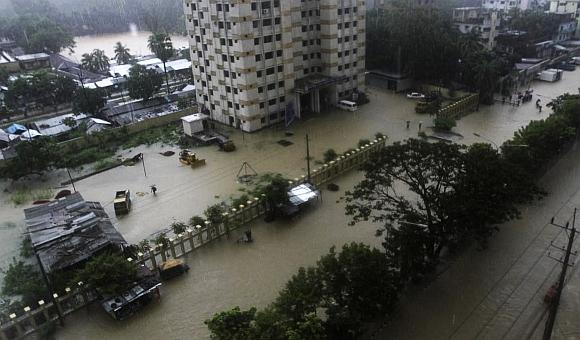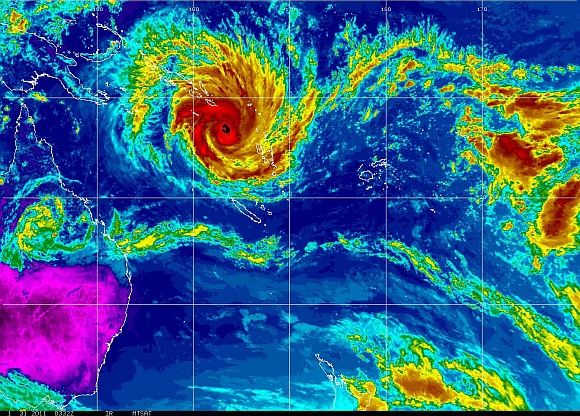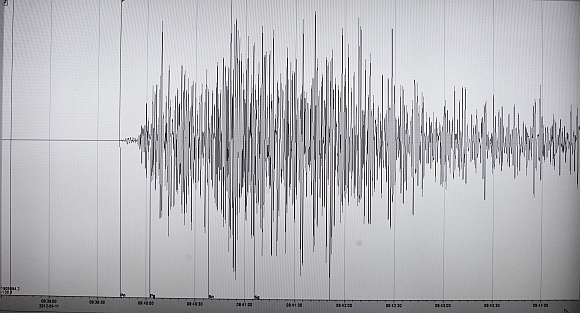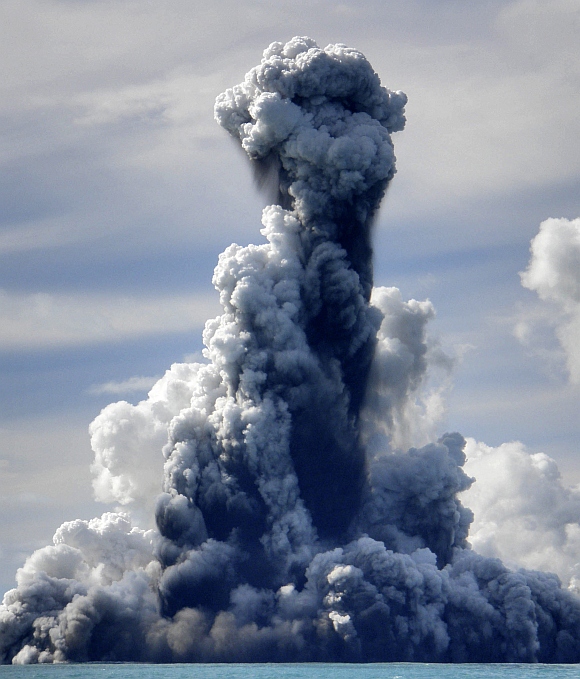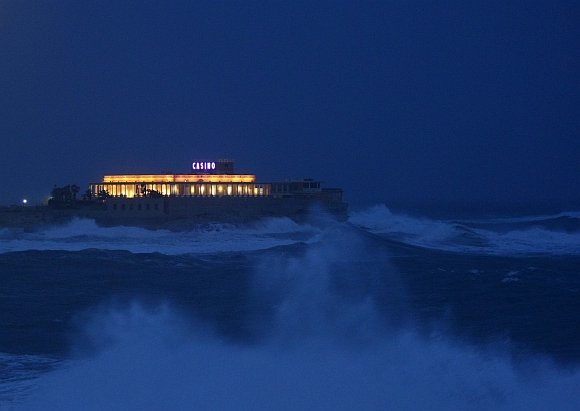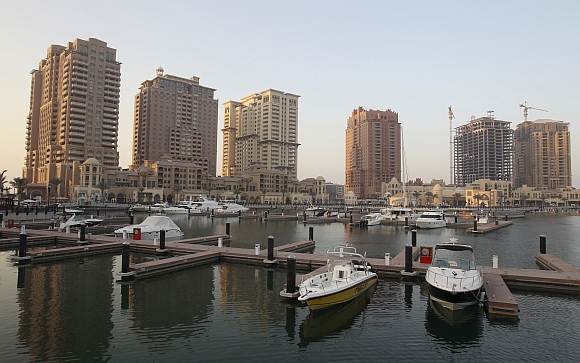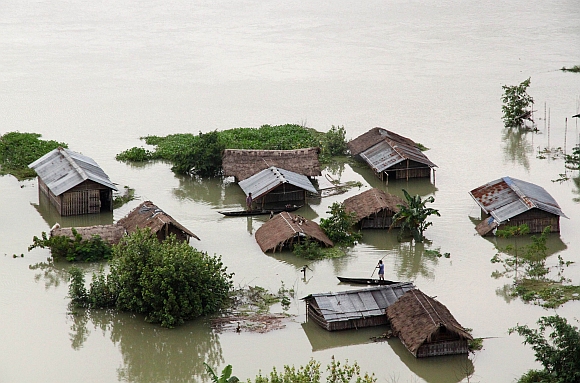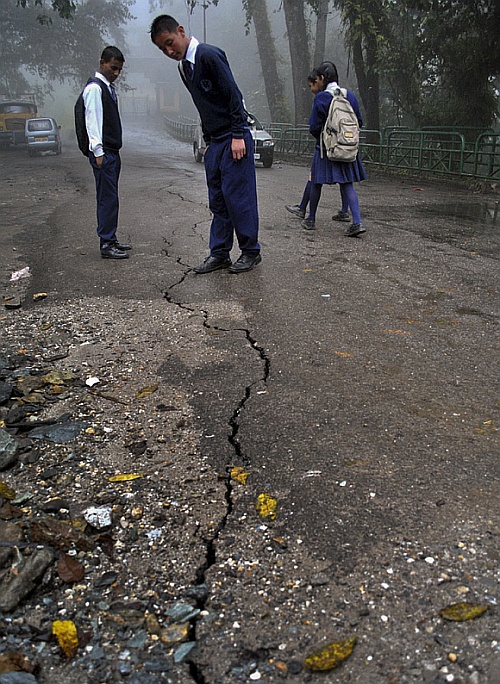 | « Back to article | Print this article |
Nations most at 'disaster risk'
The recently launched 'World Risk Report 2012' has found Bangladesh to be the fifth most vulnerable country to natural disasters in the world.
India is ranked as the 73rd most vulnerable country to natural disasters, followed by Pakistan in the 74th position. China is in the 78th position. The report evaluates a number of factors related to natural disasters.
Text: Syed Tashfin Chowdhury
Click on NEXT for more...
Nations most at 'disaster risk'
The WorldRiskIndex looks at the vulnerability of countries to natural disasters. It considers factors like public infrastructure, medical services, the prevailing nutritional situation, governance, the level of education, the availability of insurances that might help to deal with economic losses in an event, as well as the condition of the environment.
Click on NEXT for more...
Nations most at 'disaster risk'
The risk situation of 173 countries across the world has been evaluated in the report that was published in Brussels by the German Alliance for Development Works, UN University Institute for Environment and Human Security, and The Nature Conservancy on October 11.
While the Pacific Ocean's island nations of Vanuatu and Tonga are the most vulnerable countries according to the WorldRiskIndex, Malta and Qatar are the least vulnerable.
Click on NEXT for more...
Nations most at 'disaster risk'
South Asian nations like Afghanistan ranked at 40th, Bhutan at 55th, Sri Lanka at 63rd and Nepal at 105th.
The calculation of the Index, which the United Nations University Institute for Environment and Human Security, Bonn, has been commissioned to perform by Alliance Development Works, is carried out via the four components, as mentioned in the report.
Click on NEXT for more...
Nations most at 'disaster risk'
These are: Exposure towards natural hazards such as earthquakes, cyclones, flooding, drought and sea level rise; susceptibility depending on infrastructure, nutrition, housing situation and economic framework conditions; coping capacities depending on governance, disaster preparedness and early warning, medical services and social and material coverage and adaptive capacities relating to forthcoming natural events, to climate change and to other challenges.
Click on NEXT for more...
Nations most at 'disaster risk'
The top 15 most "at-risk" countries are all tropical and coastal. There, coastal habitats like reefs and mangroves are incredibly important for people's lives and livelihoods.
The report also warned that environmental degradation is a significant factor that reduces the capacity of societies to deal with disaster risk in many countries around the world.
Click on NEXT for more...
Nations most at 'disaster risk'
"This report illustrates the powerful role that nature can play in reducing risks to people and property from coastal hazards like storms, erosion and floods," Michael Beck, lead marine scientist at the Nature Conservancy, was quoted as saying while releasing the report on October 11.
Click on NEXT for more...
Nations most at 'disaster risk'
The report mentioned that environmental degradation significantly reduces the adaptive capacity of societies to deal with disaster risk in many countries around the globe. The balance sheet for the ten years from 2002 to 2011 is alarming: 4,130 disasters, over one million dead and economic losses of at least US $1.195 trillion.
Click on NEXT for more...
Nations most at 'disaster risk'
"The WorldRiskIndex reveals global hotspots for disaster risk in Oceania, Southeast Asia, the southern Sahel and especially in Central America and the Caribbean. In these places, a very high threat of natural disasters and climate change meets very vulnerable communities," explained Professor Dr Jakob Rhyner, UNU‐EHS director at the report launch
The report highlights that there are some 200 million at people at risk globally, who may receive risk reduction benefits from coral reefs alone.
Click on NEXT for more...
TOP photo features of the week
Click on MORE to see another set of PHOTO features...
